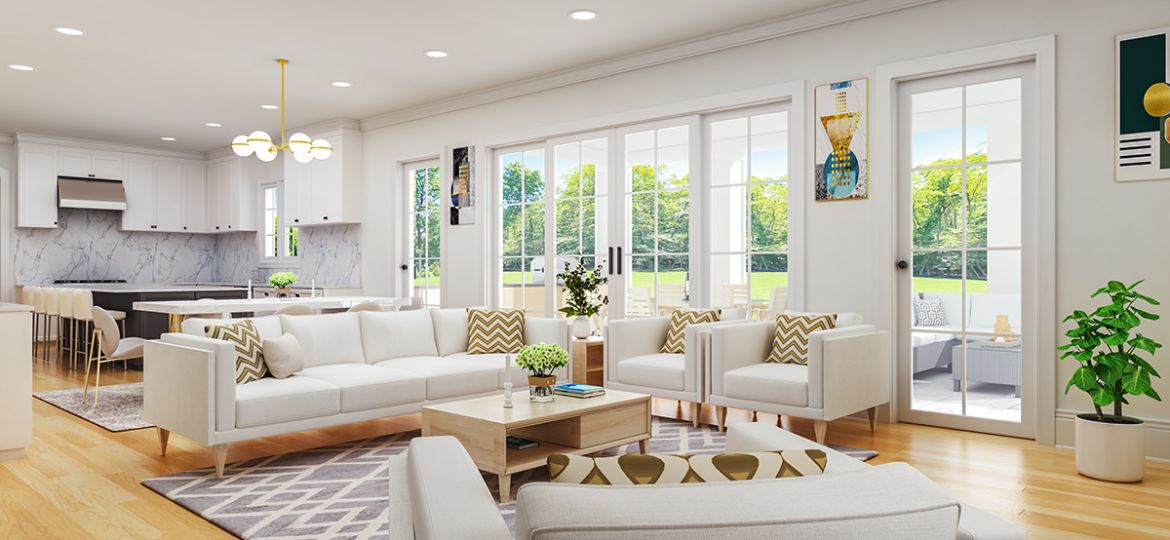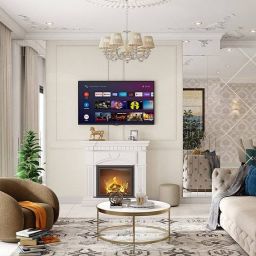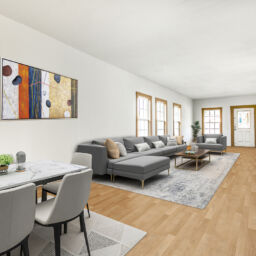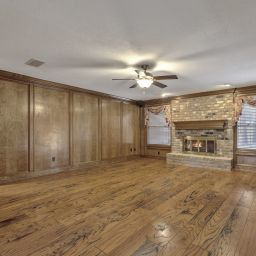
In the fast-paced world of photography, where AI-driven filters and high-definition clarity rule the scene, a nostalgic twist is taking over—retro and vintage aesthetics are making a powerful comeback. From light leaks and grainy textures to faded tones and soft color palettes, today’s photographers are embracing the timeless charm of yesteryears, giving modern photos an evocative and emotional touch.
Why is this shift happening? In a world saturated with polished, ultra-HD images, the imperfect beauty of film-like photography feels more real, more human. The vintage aesthetic tells stories—it evokes emotion, history, and mood. Whether it’s a fashion campaign inspired by the 70s or a wedding shoot that mimics an old film reel, retro-styled imagery offers a deep sense of authenticity that many audiences crave.
This rising trend has also redefined the way images are edited. Tools like HDR Blending, color fading, and film grain overlays are widely used in modern photo editing to replicate the analog feel. Photo editing services such as Clipping Path India, FixThePhoto, and PixelPhant now offer dedicated vintage photo editing packages, catering specifically to this aesthetic.
Moreover, long-tail keywords like “vintage photo editing services for photographers”, “how to create retro look in Lightroom”, or “retro-inspired wedding photo editing” are gaining traction on search engines, as both professionals and hobbyists look to master this art form. Even real estate image editing has adopted the trend—with agents opting for nostalgic touches to make listings feel more “lived-in” and relatable.
On the photo capture side, smartphone apps like Huji Cam, VSCO, and Afterlight let users simulate old-school camera vibes instantly. For professionals, software like Adobe Lightroom and Photoshop now include retro-inspired presets that make achieving the look easier than ever.
And it’s not just about filters. Vintage-style compositions—including symmetrical framing, sun flares, and soft focus—have become central to the trend. The pairing of such techniques with panorama stitching or virtual staging is creating imagery that feels both futuristic and familiar.
As retro aesthetics continue to influence digital storytelling, it’s clear this is more than a passing trend. It’s a full-circle moment—where old meets new, film meets digital, and nostalgia meets innovation. So, whether you’re a photographer, editor, or content creator, now’s the time to jump on the vintage vibe.





